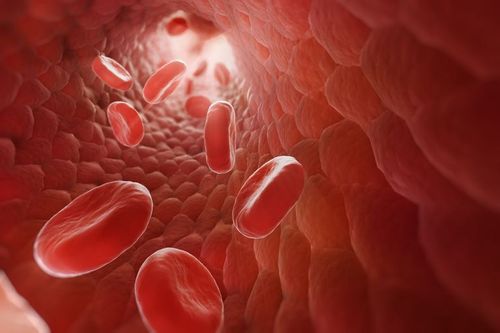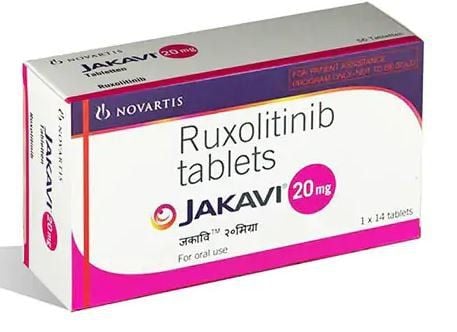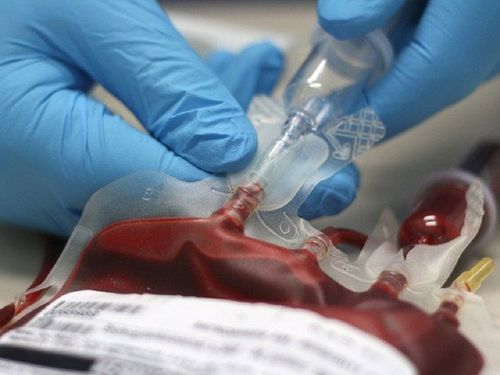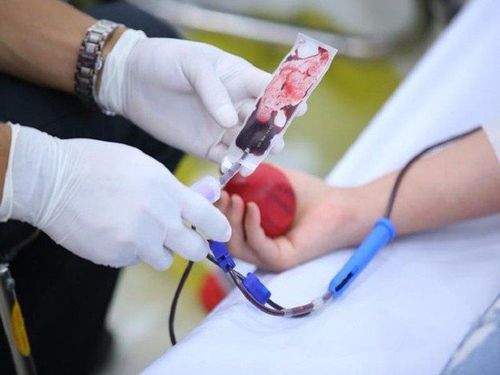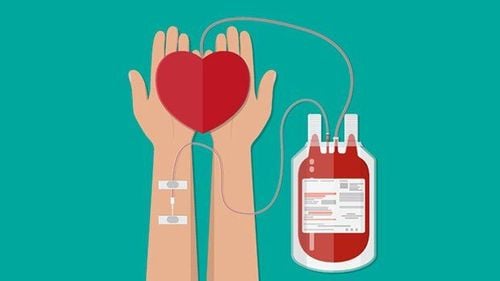This is an automatically translated article.
Posted by doctors at Oncology Department - Vinmec Time City International General HospitalPolycythemia is an increase in the number of red blood cells in the blood, which is divided into two groups: primary and secondary. When the number of red blood cells is higher than normal, the blood becomes concentrated, leading to stagnant circulation, even a blockage in the circulatory system. This increases the risk of blood clots forming in the blood vessels, stopping blood flow to the intestines, heart, brain...and causing a heart attack or stroke...
Treatment of polycythemia vera is mainly aimed at reducing the thickness of the blood and preventing bleeding and clotting. One of the most popular methods today is to draw blood to reduce the number of red blood cells.
1. Who needs a blood draw?
For cases of primary polycythemia vera, periodic blood draw is a safe and effective treatment when the patient meets a number of criteria such as:
Age < 60; No history of thrombosis; Platelets < 1500 x 109/L.
2. Those who are not allowed to have blood drawn for polycythemia vera
There are no absolute contraindications; Caution in people with cardiovascular disease, pregnant women.
3. Goals to be achieved
The goal to be achieved when withdrawing blood for polycythemia vera is to maintain Hct < 0.45 (where Hct is the ratio of red blood cell volume to total blood volume).
4. Blood draw procedure for polycythemia vera
The process of blood draw for polycythemia vera is the same as that of voluntary blood donation, including the following steps:
Initiation:
Withdraw 250 - 500 ml of blood every day or every other day until the Hct reaches between 0.4 - 0 ,45. Withdraw 200-300 ml of blood twice a week for the elderly or those with cardiovascular disease. (Hct decreased by 3% for each 500 ml blood draw in an adult). Maintenance: Once target Hct is reached, monitor CBC every 4-8 weeks to establish maintenance draw frequency.

Rút máu điều trị đa hồng cầu được thực hiện giống quy trình hiến máu
5. Risks after blood draw for polycythemia vera
After drawing blood for polycythemia vera, the patient may face some risks such as:
Postural hypotension: Common when large volume (500ml) is drawn, replacement fluid (fluid) may be required. Saline). Iron deficiency without iron supplementation. Reducing other components in the blood (platelets...) In summary, blood draw for polycythemia vera is a common treatment technique that can help reduce the number of red blood cells in patients. However, to ensure safety and without complications, patients should perform this technique at reputable medical facilities with modern equipment, qualified and experienced doctors.
Please dial HOTLINE for more information or register for an appointment HERE. Download MyVinmec app to make appointments faster and to manage your bookings easily.




